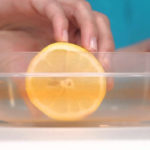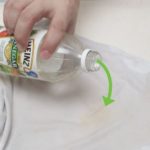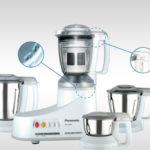Many families use electric kettles to boil water because of its convenience. Just pour water into the kettle, switch it on, and wait a few minutes for hot water to use right away.
Although using an electric kettle to boil water is very simple, many people still make mistakes that shorten the lifespan of the device and harm human health. The following are 5 common mistakes, and 9 out of 10 households make them.
1. Buying any type of electric kettle is fine
The main function of an electric kettle is to boil water, and many people think that all kettles are the same, and the cheaper ones are just as good as long as they can boil water. But in reality, when buying an electric kettle, you should choose ones made of stainless steel.
In fact, stainless steel can be divided into many types. When buying an electric kettle, it is best to choose one made of stainless steel 304. This type of steel has corrosion resistance and can withstand high temperatures. Buying an electric kettle made of this type of steel will ensure safer boiled water.
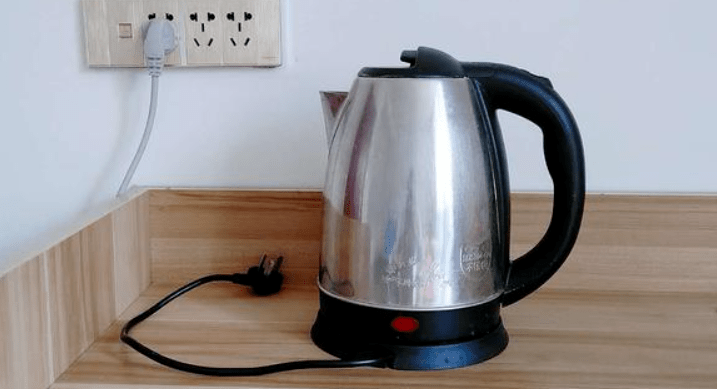
2. Pouring too much water into the kettle
Many people have the habit of filling the kettle with water, but this practice is actually risky. The reason is that the water can overflow when boiling, and it can also flow into the base, causing a short circuit and damage.
In reality, the maximum water level is marked on the inner wall of the kettle. When boiling water, you should not pour water beyond this level to ensure electrical safety in the household.
3. Turning on the kettle before adding water
When using an electric kettle, some people have the habit of turning on the kettle before pouring water into it. This will damage the kettle because if there is no water inside, the kettle will be in a dry boiling state.
Although the duration of the dry boiling state is not very long, prolonged exposure to this condition can cause the kettle to burn, and it can even cause a short circuit and electric shock. Therefore, when using an electric kettle to boil water, we should first pour water into the kettle before placing it on the base and plugging it in, and turning on the switch.
When placing the kettle on the base, you should also observe whether there is any water residue on the base. If there is water on it, wipe it dry before placing the kettle, as otherwise it may cause a short circuit. After each use, unplug the kettle.
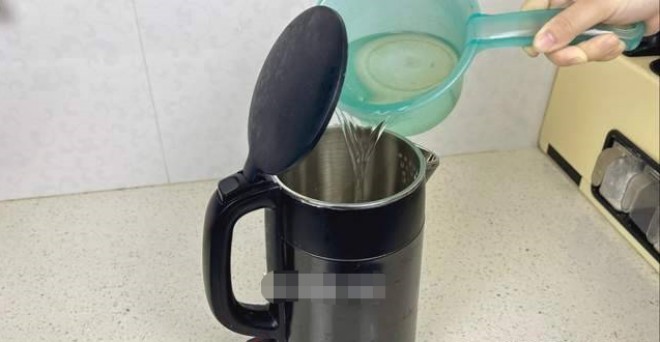 4. Pouring all the water out after boiling
4. Pouring all the water out after boiling
After boiling water, we need to pour it into a water pitcher or container for later use, such as making tea or other purposes. But when pouring water, we should not pour out all the water in the kettle. It is better to leave some water inside.
The reason is that when the kettle is just turned off and the base is still hot, pouring out all the water can dry the thermal relay, affecting the kettle’s lifespan. Therefore, each time we pour water, it is best to leave some water inside. The next time we boil water, pour out the water and clean it before use. This can ensure the kettle’s lifespan and prevent it from quickly breaking down.
5. Rarely cleaning the electric kettle
We need to regularly clean the sediment inside the kettle. If the inside of the kettle is not cleaned for a long time, a layer of yellowish scale will gradually form. Using a kettle with such scale to boil water not only affects the water quality but also can be harmful to our health. Therefore, cleaning the electric kettle is essential.
To remove this scale, pour white vinegar into the kettle and add half a bowl of water. Then turn on the electric kettle to boil the water.
After the water inside has boiled, let it sit for about 10 minutes and then pour out the water. At this point, you will see that the scale on the bottom of the kettle has significantly diminished. Next, use a clean cloth to completely remove the residue inside the kettle.
The reason why vinegar can remove the scale inside the electric kettle is that the scale is alkaline, and white vinegar contains acid. Neutralizing acid and alkaline can remove the residue inside.
According to Thời báo văn học nghệ thuật


























